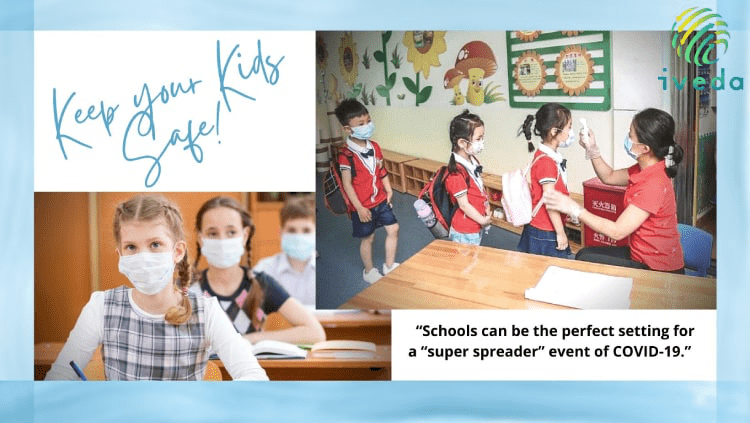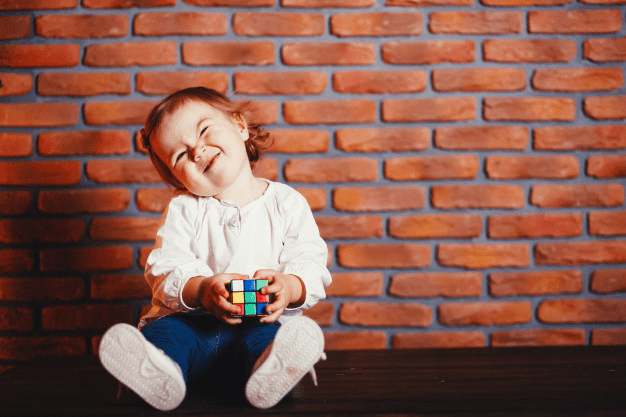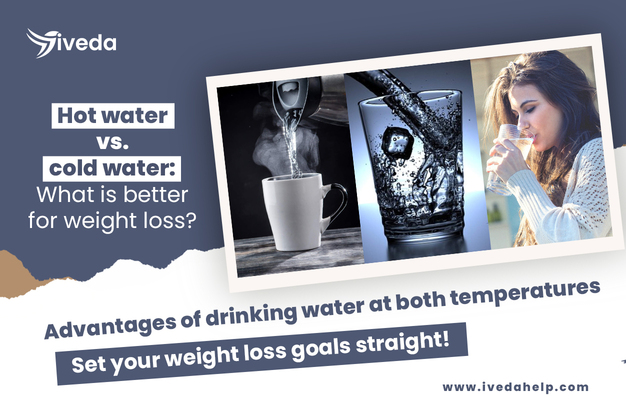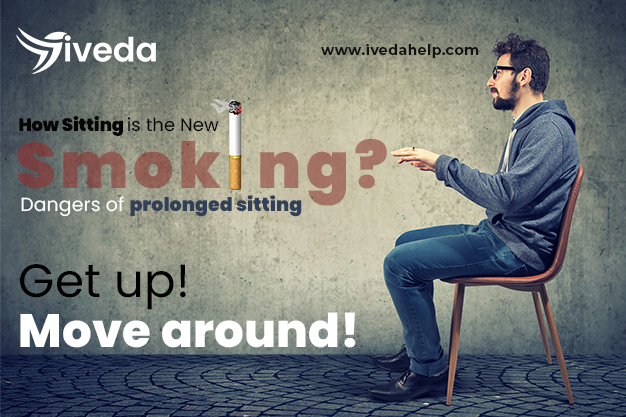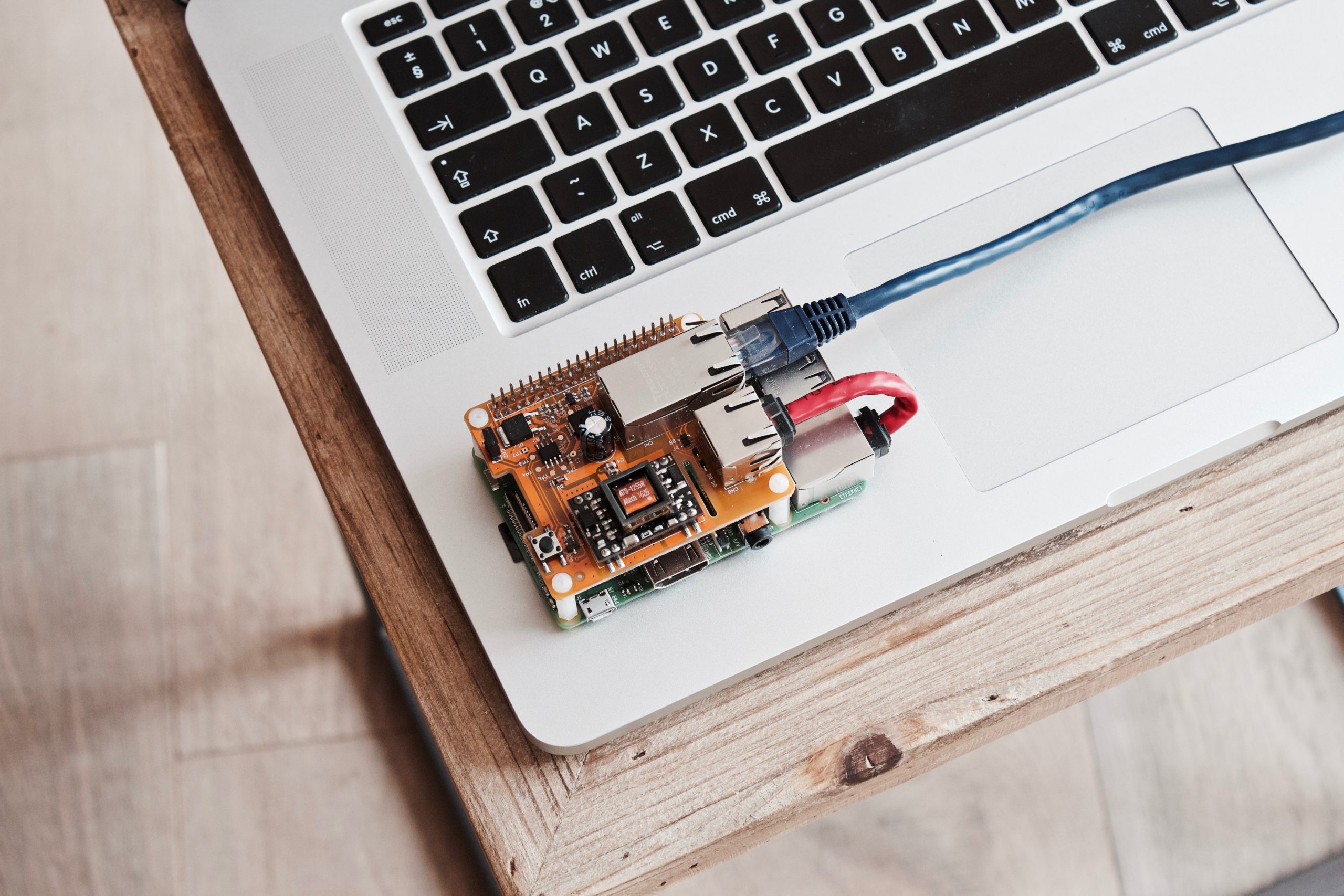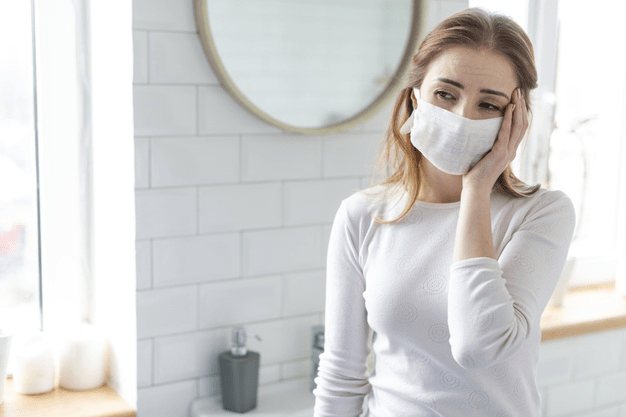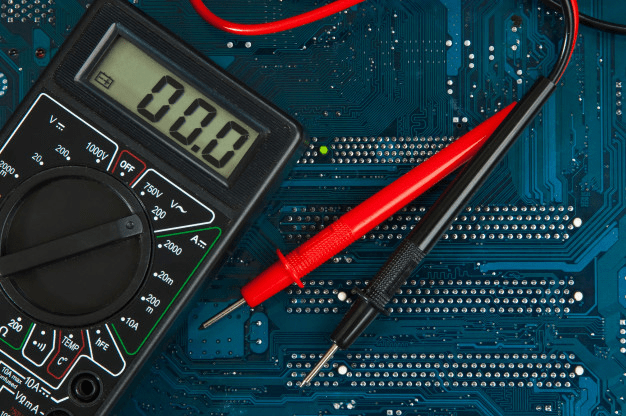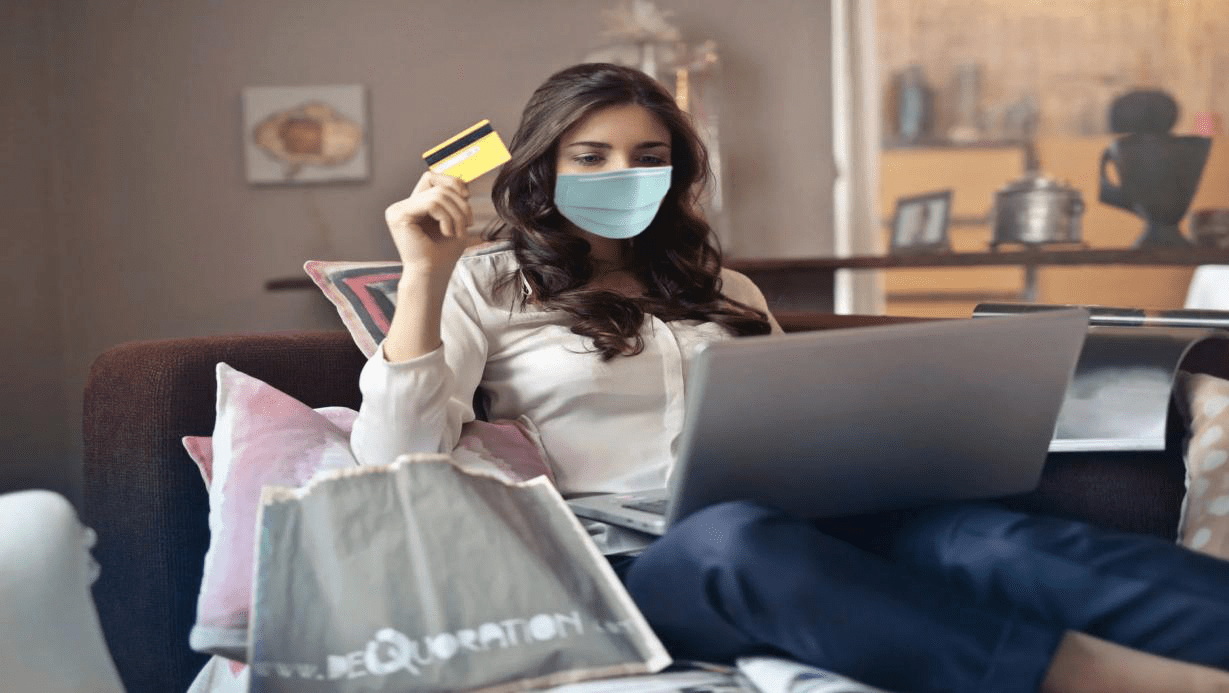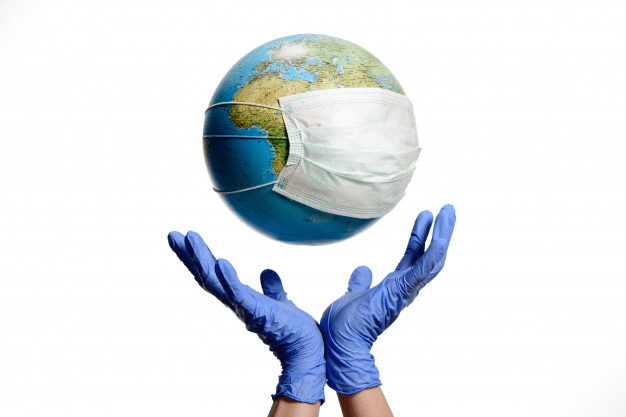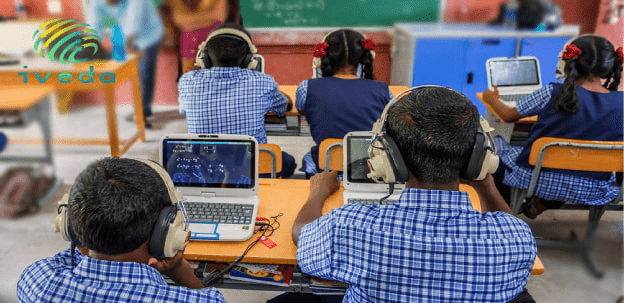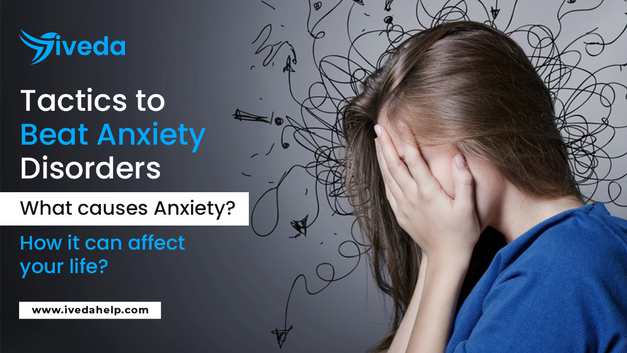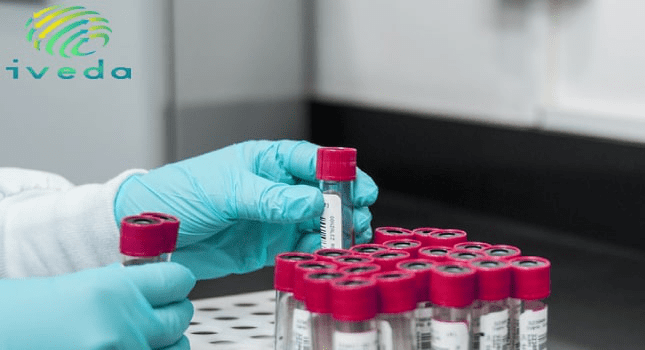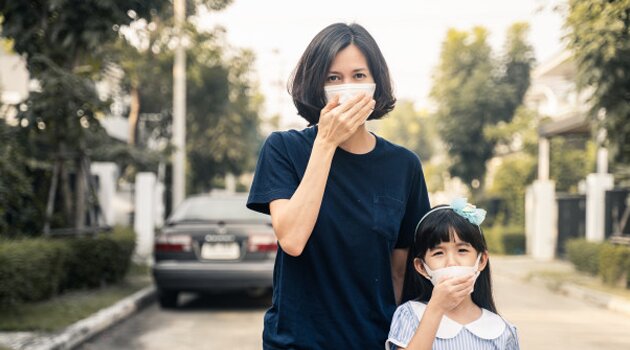Are Kids COVID Super-spreaders HOW AND WHY
Around the country as schools are reopening with in-person or virtual classes for fall, one crucial question remains unanswered, the role of children in spreading COVID-19.
Kids are not immune to the novel coronavirus, but a minor count are getting infected and with less symptoms. Albeit, while children are probably called as “super spreaders” of respiratory germs, they have not yet tend to be great cause of transmission of Coronavirus.
Though latest research upraises newest questions across these theories, with one study finding that infected children keeps the hold of at least the similar amount of coronavirus in their noses and throats as infected people. Experts caution that the study is small with limits and doesn’t mean that kids are likely to pass the virus to other people they are surrounded with.
In a study it has been said by experts “schools can be the perfect setting for a “super spreader” event of COVID-19.”
They make a note that the number of confirmed cases of COVID-19 among kids is rising around the United States.
They depict schools wants to put in preventive measures like masks, physical distancing, staggered class schedules, and ventilation.
They make an addition that the amount of COVID-19 spread in the town where a school is located is also a crucial factor.
How it is Risk for Kids?
In general, kids do generally have small symptoms as compared to adults. Amongst youth, it might show up as a fever, runny nose, cough, sore throat, shortness of breath, headaches, muscle aches or diarrhea. In a study, it is said that kids might have more stomach issues and diarrhea in comparison to adults. However, that is not only the story of all kids. Few have passed away after contracting COVID-19 and others have developed severe complications after they appeared to have recovered. Same with the adults, kids face great risks of developing severe symptoms if they underlying medical conditions such as diabetes, obesity, asthma, lung disease, serious genetic or metabolic disorders. Therefore, children with none of these conditions can still end up in critical care units due to Coronavirus.
In extremely rare cases, numerous weeks after getting COVID-19 children have adapted multi-system inflammatory syndrome with health issues to Kawasaki disease concluding rash, fever, inflammation, shock and heart damage. Approximately, six children in the United States have passed away from it.
A great concern for schools is that kids who are infected but have no such symptoms might be silently spreading the health issues to their teachers and friends who then take it home to their families and out into the community.
How to keep kids and their families safe and secure?
It won’t be the similar environment students found last fall if a school decides to reopen for in-person instruction. Administrators will have to make hectic and problematic decisions that will however affect the culture of school life.
Following are the recommendations that you need to look for in schools that can help keep children, families and faculty safe:
Every morning , keep a check over your symptoms including temperature checks but recognize that the virus begins spreading before symptoms reflect.
If possible, make a quick response testing. The following tests can flag people who are infectious but don’t have symptoms, however they can be expensive, difficult to find and have high rates of false positives than the polymerase chain reactions tests that take longer.
Make sure everyone who can put a face mask on the face Study shows the coronavirus primarily spreads by the air. Masks works as a protector for an infected person that spreads the virus and how much mask wearers breathe in.
In order to maintain social distancing, keep desks 6 feet apart. Mark off seating and line spacing to make physical distancing easy to remember on the school bus and where lines form.
Instead of having students shift other classrooms, let them staytogether in cohorts and have teachers shift from one classroom the other to limit contact in the halls. Keep the hold of classes outside whenever possible, and make sure outside air cross into rooms.
With a high risk of transmission like singing and sports with physical contact, suspend extracurricular activities. Few activities are less risky like tennis, swimming and running.
Most often, clean high-touch areas like washrooms and door handles.
Ensure students are present on all immunizations and get the flu shot.
Get prepared to facilitate emotional and behavioral support to students dealing with stressful and sometimes traumatic situations while pandemic.
Hire a school nurse. During a COVID pandemic like this, every school should have a nurse to check for symptoms and manage fever, but various schools don’t have one full time.
Best ways everyone (including kids) can help stop coronavirus:
Wash your hands.Use soap and water. Wash for 20 seconds. You can count slowly to 20. Or you can sing the happy birthday song twice. Be sure to wash the tops of your hands and between your fingers. Get your thumbs, and even your fingernails.
Always wash your hands after you use the bathroom. Wash them whenever you come in from outside, before you eat, after you play with a pet. Wash your hands after you blow your nose, sneeze, or cough.
Cover your sneeze or cough.Sneeze or cough into your elbow, not your hand. Then wash your hands anyway. It’s always fun to drown a germ with soap and water!
Only do the activities that your parents and the local people in charge say are safe.This can help slow down the spread of germs. Wear a mask and keep your distance.
Wear a maskor cloth face covering when you go out. Kids younger than 2 years old shouldn’t cover their faces. But everyone else should because this helps prevent the spread of the virus. It’s also important to stay at least 6 feet away from people you don’t live with when you’re out in public.

